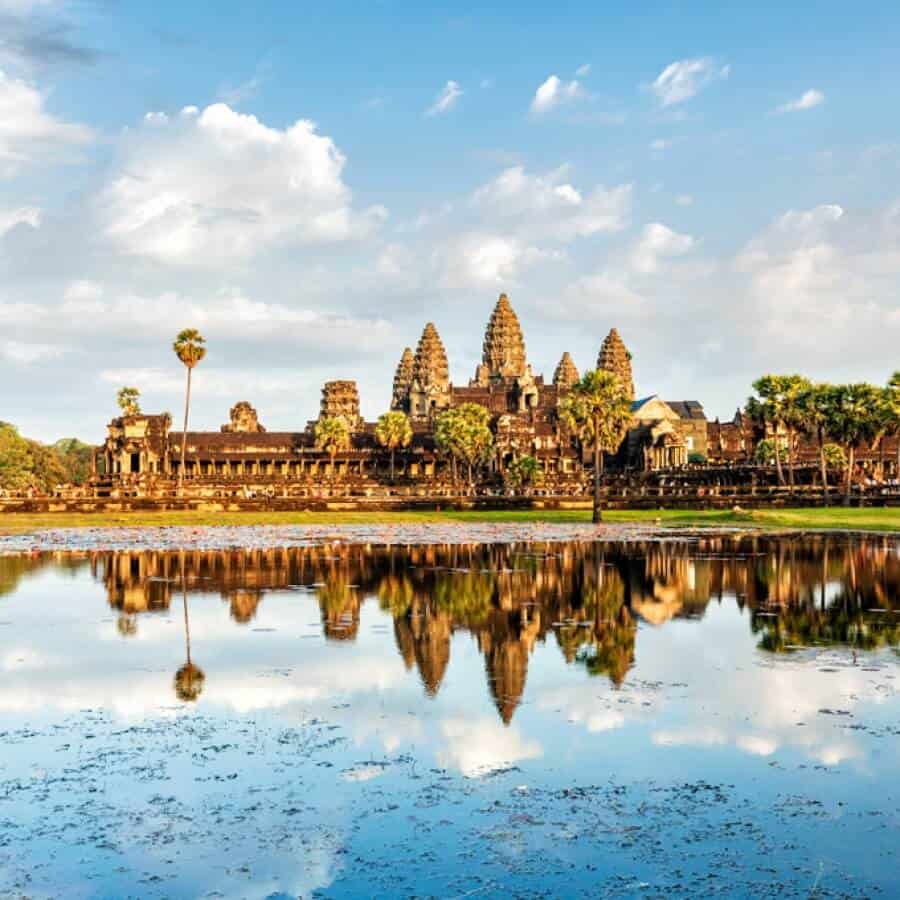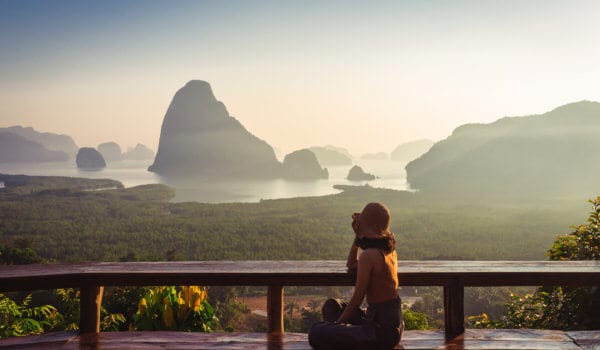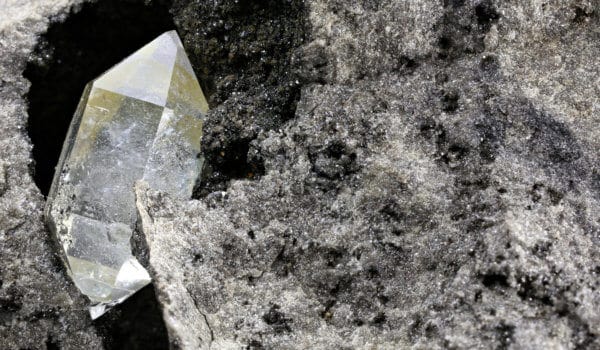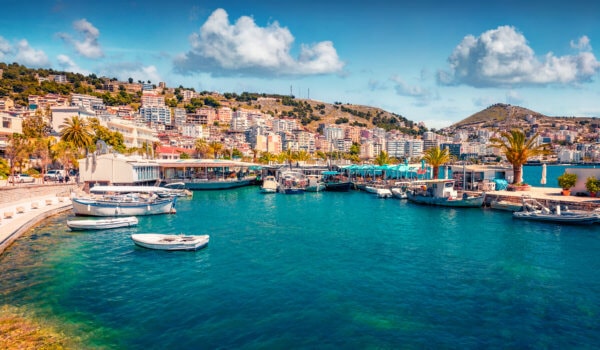Our next amazing destination is Siem Reap, a unique spot in the middle of Cambodia. It is a very special place, with more than 1000 years of history. Siem Reap is combination of local, Chinese, and French influence, which makes Siem Reap and the region surrounding it distinctive and pungently atmospheric. If you are still looking for an exotic retreat in a tropical climate, Siem Reap is a great option for you.
The name Siem Reap means Siam Defeated, which refers to the Khmer Kingdom’s defeat of Siamese invaders near this spot in the 16th century.
How to get there? The simplest way is to take a direct flight from Luang Prabang to Siem Reap. A ticket costs only about 80-100eur.
What to visit and what to do?
Explore around town by bicycle: Siem Reap is a very interesting town, composed of many narrow streets with chaotic daily life. Rent a bicycle for only 3eur and explore the whole town. Siem Reap is nice and not too big, but use a bike instead of walking to check out every corner in the city. Exploring by bicycle will be an unforgettable adventure for you, above all because Cambodian street life is entirely unpredictable and bicycling through the chaos boosts the adrenaline.
With a bicycle you will have to struggle on streets crowded with other bicycles as crowds surge by you quickly. You will have to be careful about cars with drivers who don’t pay attention to bike riders and who will try to push you aside to go faster. In Cambodia, the rule is that whoever has a car has the right to dominate the road. Moreover, there are pedestrians passing everywhere, so be careful not to hit some of them. While riding your bicycle, you will pass by beautiful, colorful buildings with French colonial architecture. Some of Siem Reap’s streets are real, open air museums of colonial France. It won’t be hard for you to imagine yourself in XIX century Siem Reap.
And visit the market and see what tropical fruits are sold together with vegetables, fresh meat, and live chickens and ducks. Don’t be surprised if a chicken runs away through the market and people chase it. It will be a real adventure.
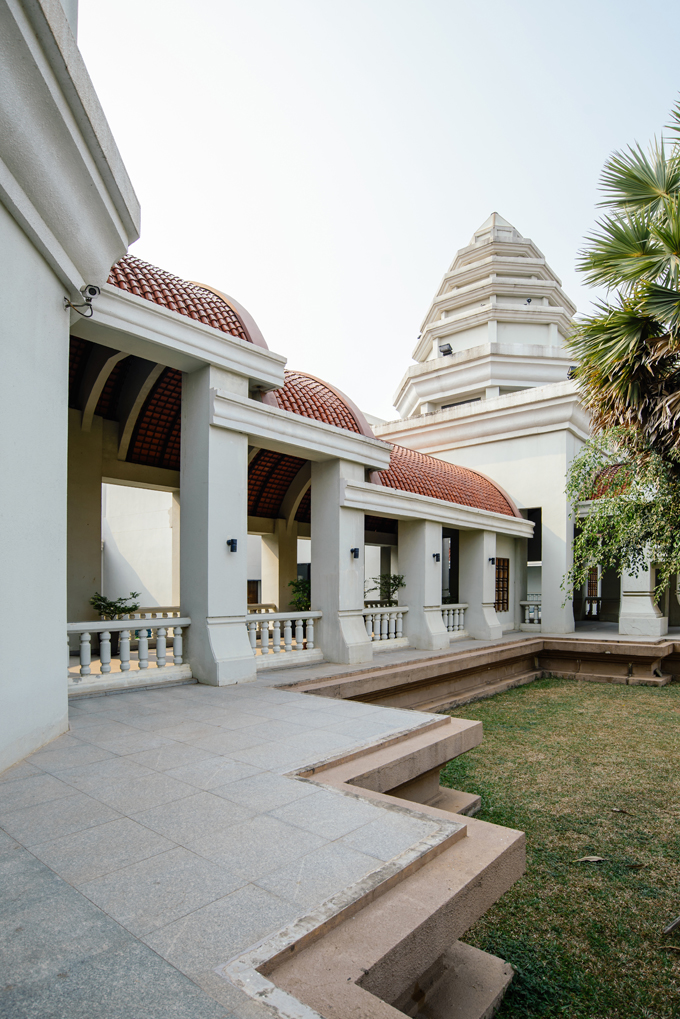
Angkor Museum
Angkor Museum: This is a great place if you love the history and culture of Asia, and the entrance fee is just 12eur. The museum offers various items, texts, and pictures related to the long history of Cambodia. Most of the exhibits relate to the golden age of the economy and culture of the Cambodia-Khmer Empire, which lasted from the 10th to the 15th centuries. The Khmer Empire was the most powerful state in Southeast Asia during that period. Most interesting is the fact that the museum possesses more than 1000 statues of Buddha dating from the Khmer Empire.
Angkor Pottery Center: If you love art, you can join this center for only 10eur a day. At the Pottery Center you can learn how to make your own ceramic artifacts. Besides producing pottery, you will enjoy the Center’s friendly atmosphere and the local people who work there.
Angkor Archeological Site: This is probably the most significant cultural treasure in Southeast Asia and is certainly the most visited attraction in Cambodia, with more than two million tourists traveling to Angkor each year. The archeological site has been under the protection of UNESCO since 1992. It was ancient capital of the Khmer Empire, with a great temple that is the largest religious complex in the world.
Angkor was center of one of most developed Asian civilizations and a place where stone buildings, roads, and temples were widely built. The Khmer Empire occupied parts of today’s Myanmar, Laos, Cambodia, and Thailand. Angkor City was the greatest megalopolis of that time, with very good roads and well-developed trade. The city had a functioning water system, with pipes bringing water from a big reservoir that still exists. The large temple known as Angkor Wat was built in the 12th century and was the city’s most iconic structure. It was initially devoted to the Hindu god Vishnu but later became a Buddhist temple when the Khmer Empire accepted Buddhism as its state religion in the 13th century. Khmer civilization was distinguished by very developed astrology, and some people believe that the Khmers were even contacted by aliens. Archeologists are uncertain as to the causes underlying the Khmer Empire’s decline, but one of suggestions is prolonged drought.
Today, with political stability restored in Cambodia, you have a chance to visit the well preserved remains of this great civilization. In the middle of the jungle, the looming stone towers of former temples form a mysterious landscape. Only a 30 minute ride by taxi or motorbike is required to reach Angkor from Siem Reap. Motorbike is the cheaper option since the cost is only 8eur per day. An entrance ticket costs a very reasonable 20eur. Walking down the grass-covered former streets of Angkor City – passing by statues of Buddha, Shiva and Vishnu that are covered by liana – is an experience that you will remember for the rest of your life. Enter the remains of former temples and wonder around former altars among brooding towers and be amazed by the atmosphere, the branches passing through cracks in the stone and monkeys jumping over faded and broken statues. In addition to the main temple and surrounding streets there are many remains of other temples, palaces, and statues. In the late afternoon, visit the reservoir that supplied water to the large city of Angkor. You will see Buddhist monks praying or washing their faces. Wait until sunset and you will see a mystical landscape as sunrays fall upon the towers of Angkor Wat.
Many visitors to the temple complexes at Siem Reap behave disrespectfully and take home pieces of stone from carvings or from stone walls in order to have keepsakes from Angkor Wat. It is illegal, but many people do it when nobody is watching. I advise you to be respectful towards this place and only take photos with you. Consider, if everyone takes a stone, Angkor Wat will disappear in 50 years.
Elephant Sanctuary: Not far from Siem Reap is special place dedicated to preserving elephants. These imposing creatures once densely populated the jungles of Southeast Asia, including Cambodia. Unfortunately, the search for ivory during the colonial period brought the elephants to the brink of extinction. Ask a motorbike or taxi driver to take you to the elephant sanctuary. You can spend a whole day there watching elephants walking in natural surroundings within the fenced complex. It is very safe place, where the elephants have shelter, food, and care. You can even join a team of workers and volunteers there and help them to take care of the elephants. Don’t be afraid – the elephants are friendly, but don’t use a flash to photograph them since it may annoy them. Also, don’t feed them with whatever food you have brought with you. It is better to ask a worker at the sanctuary to give you food for the elephants, and you can feed them with that. There is also a stream where elephants enjoy swimming and washing. If you are brave enough you can join them, and you enjoy cool water on hot tropical days.
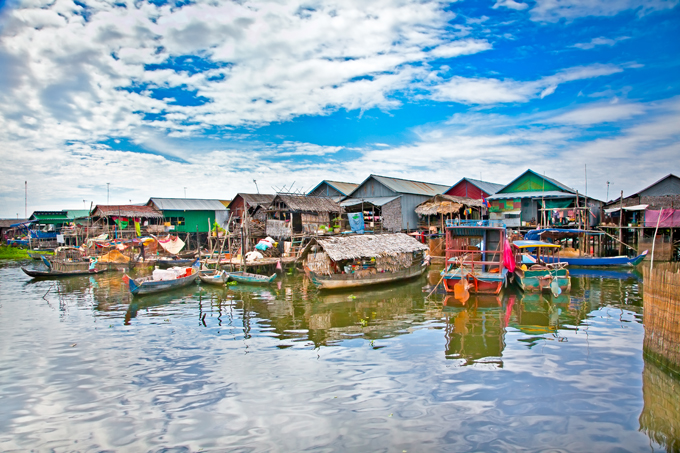
Floating Village at Tonle Sap
Floating Village at Tonle Sap: Tonle Sap is a large lake in Cambodia – 250km long and 100km wide. It is very close to Siem Reap, and you can get there by motorbike or taxi. In the shallower parts of the lake there is a floating village composed of simple wooden houses that are anchored to the bottom of the lake by wooden beams. People living there have very low incomes and mostly depend on the fish that they catch from the lake. You can join them in their wooden boats and help them to catch fish. More than 300 species of fish live in the lake, along with 20 types of water snakes. Beware of the crocodiles, and don’t swim in the lake since crocodiles are present in large numbers. If you pay about 2eur to a local household they will grill you wonderful fish for lunch.
Time for food: If you find yourself in the middle of Siem Reap at mealtime, you have the option of eating outstanding food at nice restaurants. Cambodian food is very distinctive and is characterized by an emphasis on fish and various exotic ingredients. Among the most popular fish-related dishes are: fish amok (pieces of fish, rice, and coconut rolled in banana leaves), Machu Tey (a sour and sweet fish soup composed of fish, pineapple juice, garlic, celery, and lemongrass), banh chok (rice noodles with fish and fresh vegetables and fruits such as green beans, banana blossom, and mint leaves). If you don’t like fish you can eat amazing Twa sausages (made from beef or pork) or Lok Lak, stir-fried beef slices with green salad and pepper. A typical meal for one person costs only 3-4eur. As a dessert you can eat local tropical fruits such as mango, pineapple, coconut, rambutan, and durian. Durian fruit is a rule unto itself as it stinks but is tasty. In the main street there are many good restaurants. You should, of course, avoid restaurants that are empty – a rule that you must remember wherever you travel.
Evening in Siem Reap: Cambodia is one more country for lovers of cheap beer. Siem Reap offers agreeable and lively nightlife options with a wide range of pubs on the main street and nearby streets and alleys. Nightlife atmosphere is quite lively, with many friendly people, both locals and tourists. Try Angkor Beer, a famous Cambodian beer, for less than 1eur. If you are tired of beer you can try something more exotic such as Sombai. It is a Cambodian rice wine infused with fresh fruits and spices such as banana, coconut, lemon, orange, pineapple, chili, mango, cinnamon, and others. One glass costs only 1eur, so you won’t regret trying it out.
If you want something different from pubbing there are dozens of Spa and massage centers and swimming pools in Siem Reap. Prices range between 10 and 30eur, and the service is amazing. Professionals will provide you a massage with special oils, or free beer, or you can just pay and swim by yourself.
Accommodations: There are plenty of youth hostels and guesthouses with low prices on either side of 5eur per night.
Photos: Shutterstock
Support us!
All your donations will be used to pay the magazine’s journalists and to support the ongoing costs of maintaining the site.
Share this post
Interested in co-operating with us?
We are open to co-operation from writers and businesses alike. You can reach us on our email at cooperations@youthtimemag.com/magazine@youthtimemag.com and we will get back to you as quick as we can.
